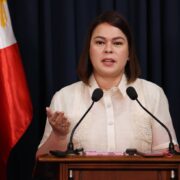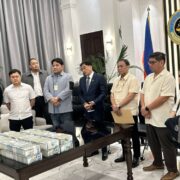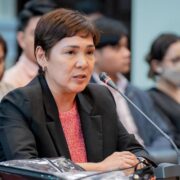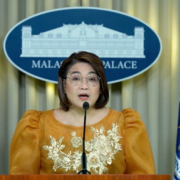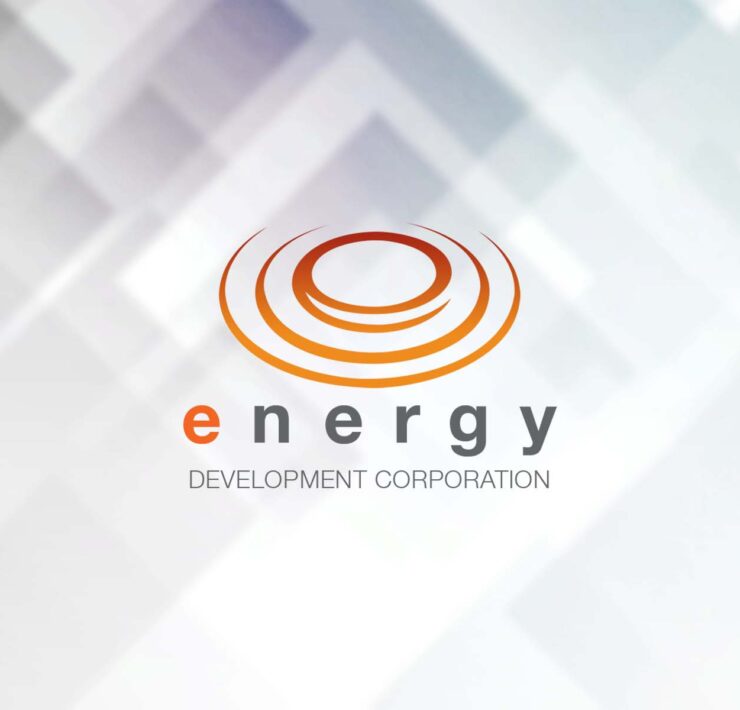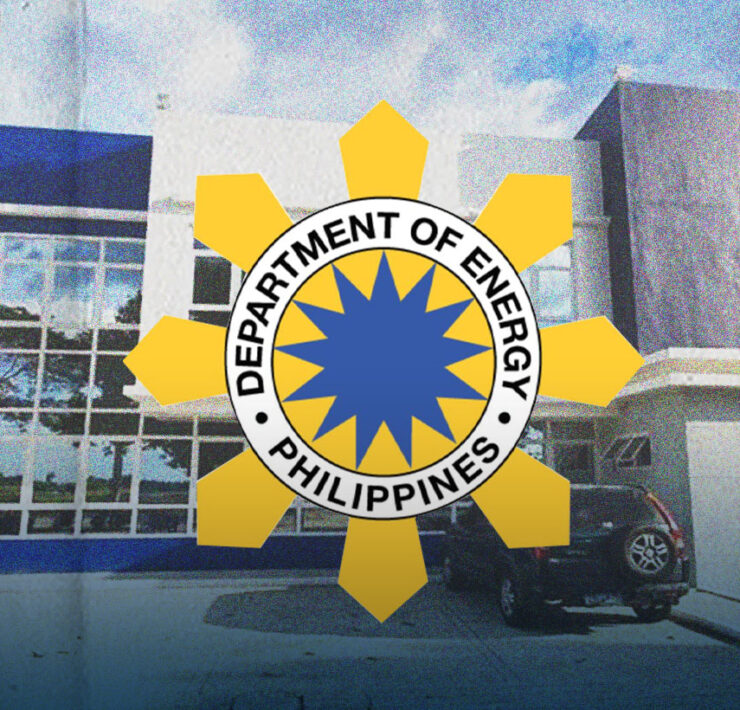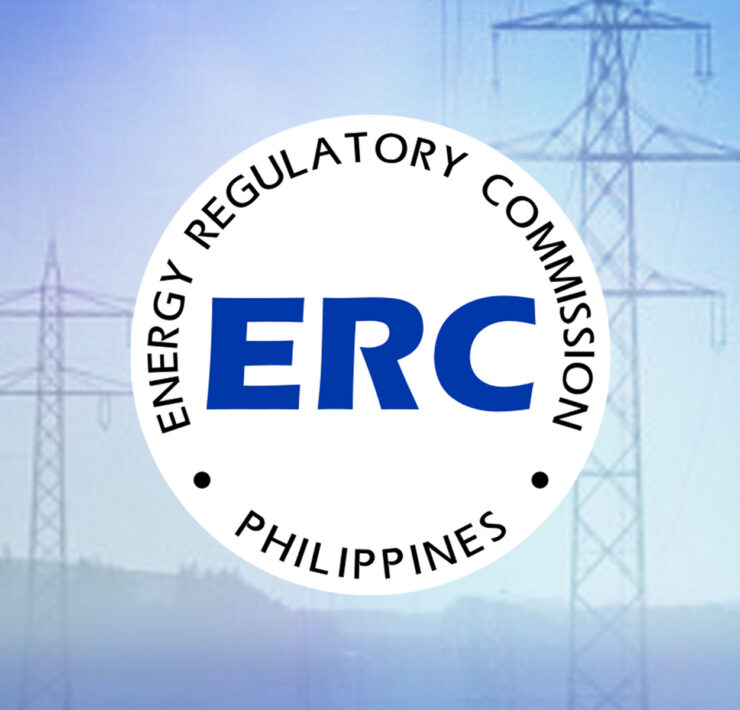A top-down and bottom-up energy transition
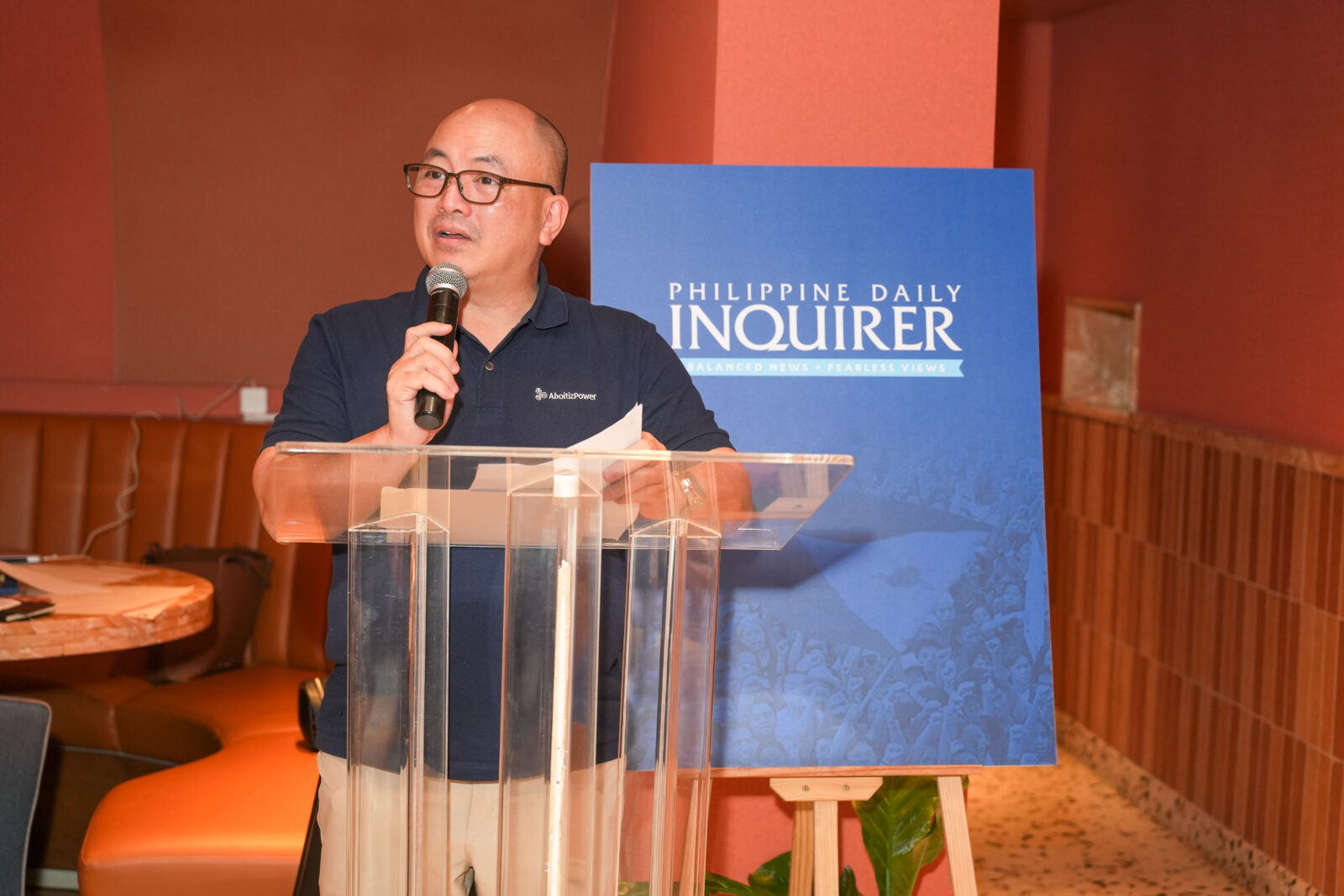
Last November 21, the Philippine Daily Inquirer held an ESG Edge Connect Forum with the topic “Adaptive Energy Systems: The Realistic Route to Net Zero” in a cafe at the Ayala Triangle Gardens.
Indeed, we do learn something new every day. Even after years into the energy business, the session still broadened my perspective on energy transitions. The energy transition is not just about transforming the system to accept more clean energy, but also about changing the lives of many people through accessible, reliable, and affordable electricity and bringing them closer to greater productivity, prosperity, and human progress.
After all, the Philippines is still a developing country, with about three million households still living without electricity. A study by the Department of Energy found that with full 24-hour access, income surges by 56.3% while spending grows by 59.4%. These are all the more reasons why accessibility, reliability, and affordability—in order to sustain the connection—should be part and parcel of the country’s energy transition strategy.
When it was his turn to speak, Erel Narida, a friend and former work colleague of mine and founder of One Renewable Energy Enterprise, Inc. (OREEI), made me realize that the energy transition is occurring at both ends of the energy spectrum—top-down and bottom-up.
In other words, large scale players like AboitizPower are at the main grid, adding more reliable and affordable power, energizing industries, cities, and transportation, while, on the other end, smaller players like OREEI are in the off-grid small islands, barangays, and sitios that have long been deprived of electricity and its benefits, installing hybrid systems and introducing innovations to help finally make electrification happen.
I find the work being done by Erel, his team at OREEI, and their partners as being heroic, especially when one considers the difficulties of reaching, investing, and maintaining operations and logistics in the far-flung areas. As Erel’s presentation had shown, transforming the energy system for these small communities provided transformative benefits in fertigation, water desalination and storage, ice making, and internet connectivity.
In AboitizPower’s distribution utilities, we have observed the same and aspire to reach even the last-mile, unenergized towns within its franchise areas, knowing full well the positive catalyst that electricity is. Through our implementation of the sitio electrification program, we have seen firsthand the improvements in the quality of life. Students no longer suffer and study at home using kerosene lamps; micro, small, and medium enterprises have become empowered to use refrigerators, computers, and CCTV cameras; and investors now have the confidence to set up shop.
At the same time, on the grid level, AboitizPower continues to increase its fleet of generation assets to help power the Philippine economy. We are scaling the company’s renewable energy portfolio, with over 1,000 megawatts of disclosed projects across various indigenous energy sources in the pipeline.
AboitizPower’s net attributable capacity already increased from less than a gigawatt in 2020 to 1.4 gigawatts in 2024—now one of the largest installed renewable energy capacities in the country. While that is happening, AboitizPower also continues to invest and operate thermal capacities, as well as energy storage systems like batteries and pump hydro storage, for system stability, reliability, and affordability.
The Philippine Daily Inquirer’s ESG Edge Connect Forum once again proved to be an opportunity to learn and be inspired about energy. It is nice to know that more and more informed and concerted stakeholders in the energy sector and adjacent segments are aligning and advancing economic progress and development through the provision of the energy we all need. It is ideal that everyone be an energy inquirer, especially as the energy transition will involve all of us and determine our collective future.
With informed and balanced decisions and by approaching and addressing the developmental challenges from multiple angles, I am confident that we can hit the right balance and attain the benefits of energy access.
Suiee Suarez is the Vice President for Corporate Affairs of Aboitiz Power Corporation. He is responsible for driving the AboitizPower brand, corporate communications, sustainability, and public relations functions. Prior to joining AboitizPower, Suiee had 25 years of experience in communications, corporate social responsibility, commercial oil products businesses, stakeholder relations, and project management. He was also the Global Campaign Manager for the Future of Energy and Projects for Shell International B.V., where he also served as a member of the Shell Scenario team. He led scenario studies on urbanization in the Philippines, Indonesia and India. Suiee holds a Bachelor’s degree in Industrial Engineering from the University of the Philippines Diliman, and currently serves on the board of directors of the UP Industrial Engineering Alumni Association. He also completed certification courses on Global Cities: Governance, Planning and Design, and Climate Change from the London School of Economics.



